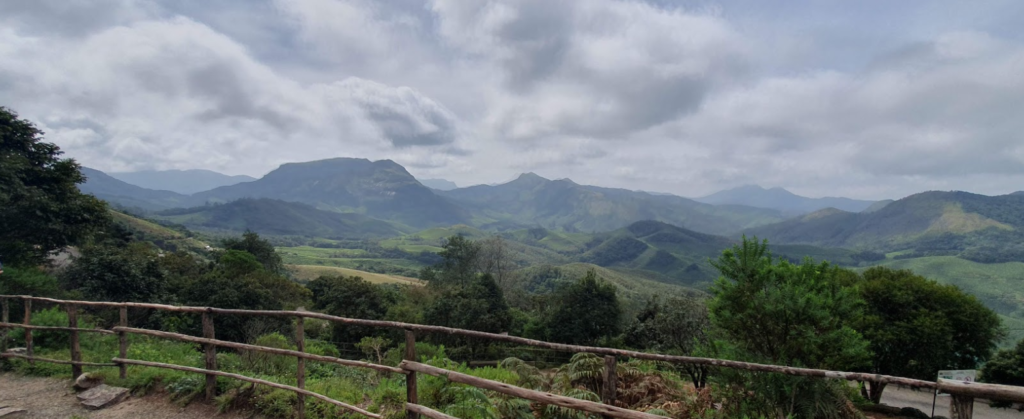
The monsoon season in India brings with it a refreshing burst of life and beauty, especially in the lush and vibrant landscapes of the Western Ghats. Spanning across several Indian states, the Western Ghats come alive during the monsoon with lush greenery, glistening waterfalls, and cool, misty mornings. In this blog post, we will explore the magic of seasonal travel and the unique experience of enjoying the monsoon in the Western Ghats.
The Monsoon in the Western Ghats
The monsoon season in the Western Ghats typically runs from June to September. During this period, the region experiences heavy rainfall that transforms the entire landscape into a verdant wonderland. Here are some of the reasons why visiting the Western Ghats during the monsoon is a unique and rewarding experience:
1. Lush Greenery: The Western Ghats are known for their incredible biodiversity, and the monsoon season takes it to another level. The forests, plantations, and grasslands come to life with vibrant shades of green.
2. Waterfalls: The monsoon turns the Western Ghats into a waterfall paradise. Some famous waterfalls like Dudhsagar, Jog, and Athirapally are at their most impressive during this season.

3. Misty Mornings: The cool, misty mornings in the Western Ghats are a nature lover’s dream. The fog-covered hills and valleys create an enchanting atmosphere.

4. Wildlife Sightings: The Western Ghats are home to a rich variety of wildlife, and the monsoon season offers the opportunity to spot unique species. Leeches, frogs, and insects become more active during this time.

5. Trekking and Hiking: While trekking and hiking in the Western Ghats is possible throughout the year, the monsoon season offers a unique perspective. You can explore glistening trails and experience the thrill of hiking in the rain.
6. Cozy Stays: Many eco-resorts and homestays in the Western Ghats offer cozy accommodations that allow you to enjoy the monsoon from the comfort of your room.
7. Cultural Experiences: The monsoon season often coincides with local festivals and cultural events, providing an opportunity to immerse yourself in the traditions of the region.
8. Refreshing Air: The monsoon season brings cleaner and fresher air, making it an ideal time to escape from the pollution of the city.
Where to Visit in the Western Ghats
- Munnar, Kerala: Known for its tea plantations, Munnar is even more beautiful during the monsoon. You can take scenic drives through the hills, visit tea estates, and enjoy the drizzle.
- Coorg, Karnataka: Coorg, also known as Scotland of India, comes alive with lush coffee plantations and enchanting landscapes during the monsoon.
- Mahabaleshwar, Maharashtra: Famous for its strawberries and panoramic views, Mahabaleshwar is a great monsoon destination.
- Kodaikanal, Tamil Nadu: The “Princess of Hill Stations” is a tranquil and misty escape during the rainy season.
- Agumbe, Karnataka: Known as the “Cherrapunji of South India,” Agumbe is a paradise for nature lovers and herpetologists.
Tips for Monsoon Travel
- Pack appropriately with waterproof gear and clothing.
- Plan your itinerary with the weather in mind, as some areas may be inaccessible due to landslides.
- Be cautious while trekking or hiking, as trails can be slippery.
- Check the weather forecast and road conditions before your trip.
Visiting the Western Ghats during the monsoon season is a captivating experience that allows you to witness nature’s transformation in all its glory. The lush landscapes, glistening waterfalls, and misty mornings create a magical atmosphere that’s perfect for nature enthusiasts, photographers, and anyone looking for a unique travel adventure. So, pack your bags, put on your rain boots, and immerse yourself in the monsoon wonderland of the Western Ghats. It’s a seasonal travel experience you won’t soon forget.

